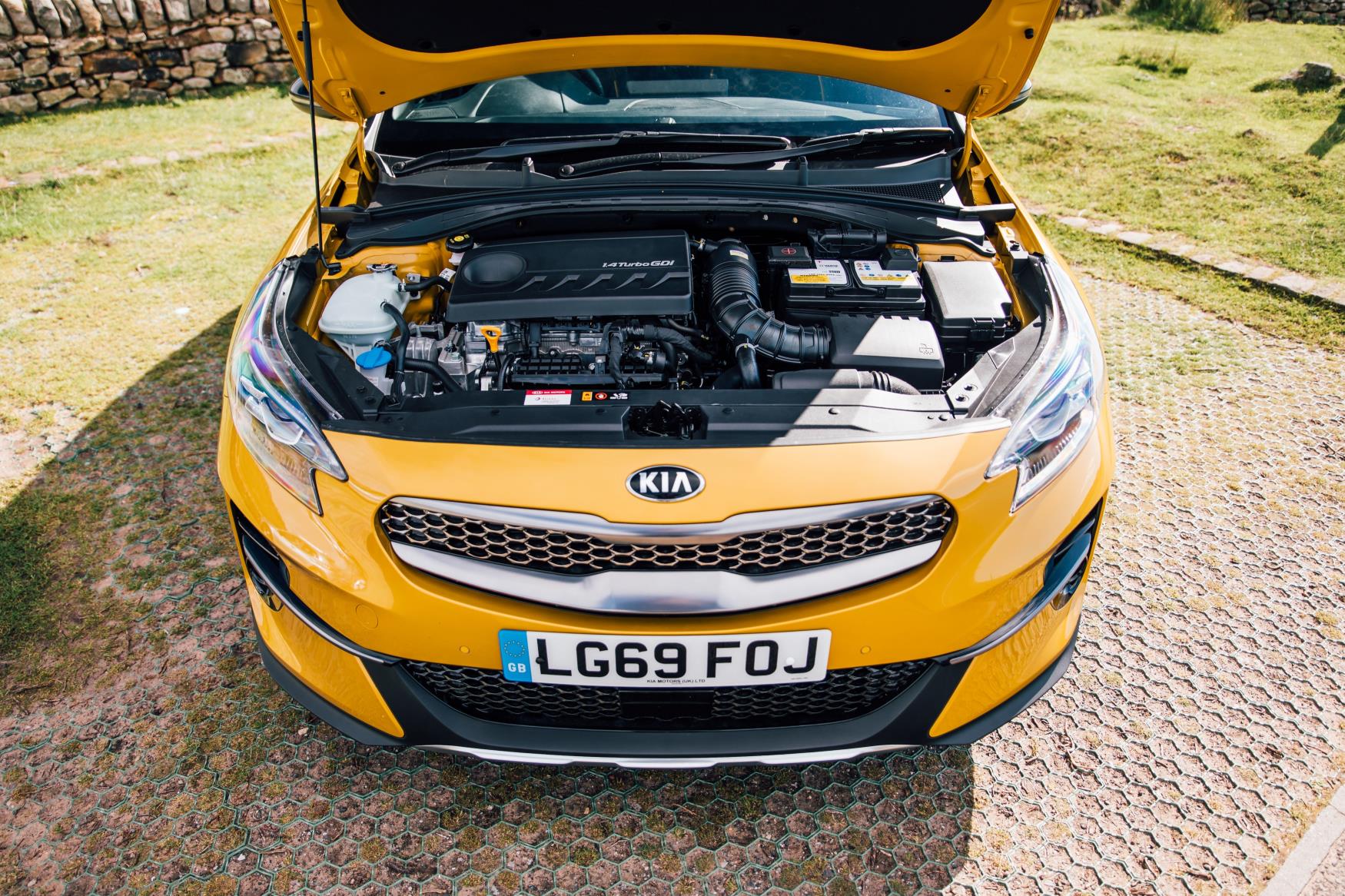
Kia provides vehicle care guidance
Leaving your vehicle unused for extended periods of time can lead to a number of unexpected issues and in these challenging times of government enforcements to rightfully keep people indoors, these problems are more likely to happen. To ensure customers continue to have a dependent vehicle when they need it, Kia has published official guidance on what actions to take on a regular basis to look after their car.
Maintaining battery health holds the most relevance at this time, alongside vehicle security, fault avoidance and safety. Kia recommends the following actions to minimise unexpected and preventable issues.
-
- When leaving your vehicle for extended periods, always ensure that all doors and tailgate are closed fully, interior lights are switched off and the car is locked with the remote transmitter. This will not only ensure the vehicle security but also minimise drain on the battery.
- Try to avoid running the petrol or diesel engine for short periods only and switching off while still cold. Whenever the engine is started, it is preferable to keep it running until full temperature is achieved.
-
- If suitable battery charging equipment is available, charge the 12v battery at regular intervals (recommended every two weeks). Alternatively use an intelligent charger which can be connected permanently and will periodically monitor / maintain battery condition*. Refer to the Owner’s Manual for further guidance, paying particular attention to how and where to connect charger leads. The Intelligent Stop Go (ISG) system (where fitted) can be damaged if chargers or jump leads/packs are incorrectly connected.
*Not Niro self-charging hybrid models equipped with 12v Lithium Ion battery (see point 6)
- If suitable battery charging equipment is available, charge the 12v battery at regular intervals (recommended every two weeks). Alternatively use an intelligent charger which can be connected permanently and will periodically monitor / maintain battery condition*. Refer to the Owner’s Manual for further guidance, paying particular attention to how and where to connect charger leads. The Intelligent Stop Go (ISG) system (where fitted) can be damaged if chargers or jump leads/packs are incorrectly connected.
-
- If you are not able to use a battery charger, start the engine and allow it to idle for 20 minutes. Switch off all unnecessary electrical items (e.g. lights, heated rear screen, fan, heated seats, etc.). Please ensure that you remain with your vehicle during this process to ensure safety and security. It is recommended that the engine is run in this way at least every two weeks.
-
- Should you find your 12v battery has already discharged, recharge the battery using a battery charger if available. If you use a jump pack or jump leads to start the vehicle, refer to the Owner’s Manual for further guidance, paying particular attention to how and where to connect leads. The Intelligent Stop Go (ISG) system (where fitted) can be damaged if chargers or jump leads/packs are incorrectly connected.
-
- Niro self-charging hybrid models (18MY onwards) are equipped with a 12v Lithium Ion battery and a battery reset switch. You can help preserve your 12v Lithium Ion battery charge by operating your vehicle in accordance with the information provided in Point 4. On no account should a charger, jump pack or jump leads be attached to your vehicle. Instead, if the 12v Lithium Ion battery is discharged, it can be reset by pressing the battery reset switch. Please refer to the 0wner’s manual for more information. All other Kia vehicles are equipped with a conventional 12v battery which should be maintained as detailed previously.
-
- For EV & Plug-in Hybrid vehicles it is recommended that the high voltage battery is left in a fully charged state.
When a vehicle is not being used regularly it’s common for its brakes to develop mild corrosion and therefore generate some unusual driving characteristics.
After a vehicle has been parked for several days, some surface corrosion of the brake discs will occur naturally. This may result in initial brake resistance and/or a knock noise when first pulling away as the brake pads release from the disc. There may also be an unusual noise when braking which will improve after a few brake applications. These items are not cause for concern and will disappear with use.
